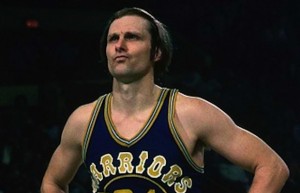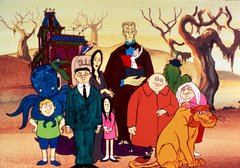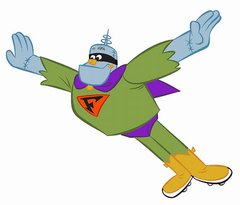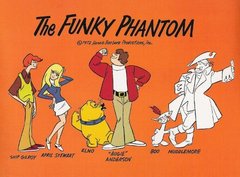Bullz-Eye interviews NBA legend Rick Barry on his career, Ektio shoes and what’s wrong with the NBA

We recently had the chance to talk with NBA legend Rick Barry, and it was fantastic! After the interview, I went out and shot 1,000 free throws and made 999 of ’em!
Inducted into the Naismith Memorial Basketball Hall of Fame in 1987, Barry won an ABA title in 1969, an NBA title in 1975, was named the NBA Rookie of the Year in 1966, and was named the All-Star Game MVP in 1967. He’s the only player to ever lead the NCAA, ABA and NBA in scoring for an individual season. Check out the ridiculous numbers he put up.
Your performance in the 1966-67 All-Star Game is one of the greatest single game performances ever. You dropped 38 points and led your West squad to a victory over an Eastern Conference team that featured Wilt Chamberlain, Oscar Robertson, Bill Russell and was coached by Red Auerbach. And you did it when you were just 22 years old. What are your memories of that game?
It was a remarkable game. You look back and see how many players who played in that game were named to the 50 Greatest NBA Players team. In addition to who you mentioned, they had Jerry Lucas and Hal Greer as well. We had Nate Thurmond, Elgin Baylor and Jerry West; it was a remarkable array of talent. I got the MVP, but in all honesty, I’ve always thought the NBA All-Star Game should have a Most Outstanding Player (MOP) and a Most Valuable Player (MVP). In this case, I would’ve won MOP for a great offensive output, but the MVP was Nate Thurmond and how he helped negate that incredible front line of the Eastern All-Stars.
The other thing that is amazing is it may be the only NBA All-Star Game ever where a coach got thrown out! Red Auerbach actually got thrown out of the game! That would never happen now because competition has changed. When I go to the All-Star Game now, fans go to be entertained; it’s entertainment. There’s not super competition. As a purest, and someone who loves the game, I’m always hoping it’s going to be close in the fourth quarter because then they play really serious and pride will come out and they want to win. Otherwise, the stuff that they’re doing now isn’t true competition. For us, the winning team got a $2,000 dollar bonus; two grand to me was almost one-seventh of my salary! That’s a lot of money in those days. Now, it’s irrelevant. So our games were incredibly competitive.
What happened to the true sharpshooters; guys like you and Chris Mullin?
I think Chris was more of a shooter than I was. I was more of a scorer; I found ways to score. I got better as a shooter as my game progressed. There’s still some amazing shooters out there. Like Ray Allen. Guys like that are shooting 40% from beyond the arc and that’s an amazing shot; it truly is. The NBA three-point shot is from a long way out. What you’re not seeing today is guys playing and utilizing the mid-range game like we used to. Now, it’s either inside post-up dunk or three point shot. I think they’re missing the boat in that regard. It’s fun to watch a team do that, which is why I like to watch San Antonio. Gregg Popovich does such a great job coaching his team to play the way I always thought the game should be played. Tough defense, move the ball around, set screens, force the defense to make decisions.
How did all of your sons who played professional basketball become such great shooters? And did you ever think that one of your kids would have a Slam Dunk Champion trophy in their possession?
To be honest, I was hoping one of my boys would be good enough to play division I college basketball, or to even play basketball if they wanted to, to get a scholarship. I have five now, four in the NBA. To have three of them has never been done before and who knows what’s going to happen with my youngest son. At this stage, he’s probably more skilled than the other guys. As far as becoming great shooters, having the confidence to make the shot when you have to is the key. And repetition, repetition, repetition. That’s a matter of putting the time and effort into it. But you also have technique, a pattern that you do. Whatever your routine is, you do it every single time, like with free throws.
You can follow us on Twitter and Facebook for content updates. Also, sign up for our email list for weekly updates and check us out on Google+ as well.













